Select a province & language
Entrance to this website assumes you have read and agree to these Legal Terms and Conditions and the Privacy Policy.
Entrance to this website assumes you have read and agree to these Legal Terms and Conditions and the Privacy Policy.
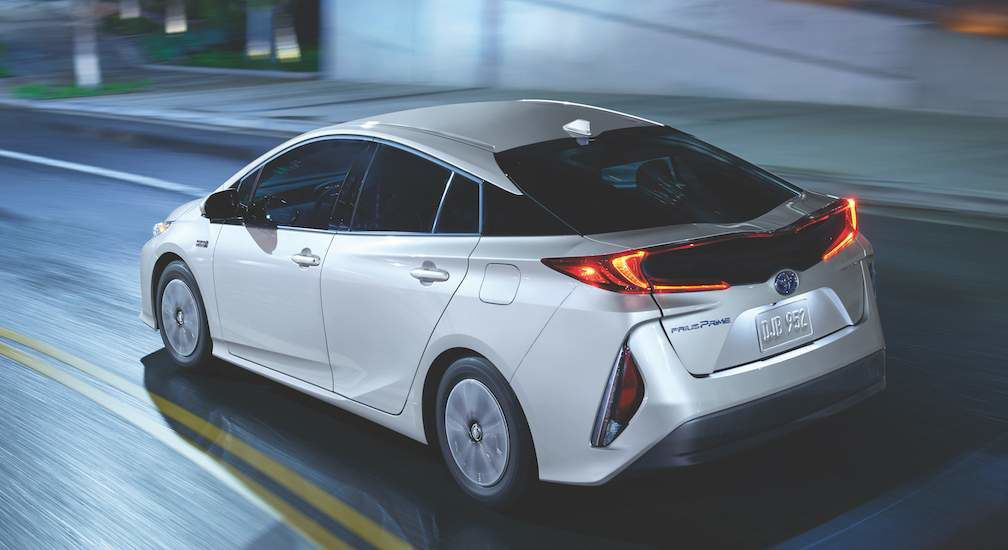
Just like the rest of the Prius family, the Prius Prime goes beyond expectations of what a hybrid can be. The most advanced Toyota Hybrid yet, the Prius Prime offers a number of advantages.
Could a plug-in hybrid be right for you? Here’s a low down on the benefits the Prius Prime can offer:
A plug-in hybrid combines the characteristics of an electric vehicle and a hybrid. Like an electric car, a plug-in hybrid can recharge its batteries directly from a household electricity supply. At the same time, it can also run efficiently on a petrol engine like a hybrid vehicle, meaning you don’t have to be concerned about running out of charge on longer journeys.
All hybrids use both a gasoline engine and a battery-driven electric motor to share the work of driving the vehicle. It’s just a question of where the electricity comes from.
The key difference between a hybrid and a plug-in hybrid is whether the battery can be charged by plugging into an electric outlet.
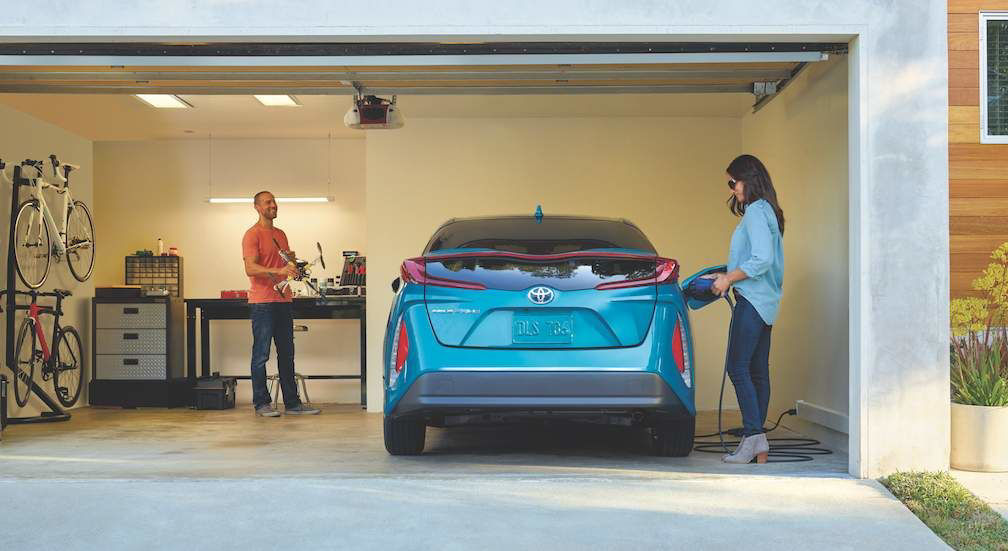
Hybrid vehicles like the Prius do not require plugging in to charge the battery. Instead, a small, highly-efficient gasoline engine drives both the wheels and a generator. This generator creates electricity that is stored in an on-board battery. At times, power from that battery is used to help ‘boost’ the output of the gasoline engine.
Now, enter the plug-in hybrid vehicle (PHEV). Here, PHEV technology greatly expands the electricity-powered driving potential, by way of added battery capacity reserved solely for vehicle propulsion.
The battery in a plug-in hybrid like the Toyota Prius Prime can store much more energy than the battery in a conventional hybrid. This extra energy capacity means that charging the battery fully requires plugging the vehicle into a household outlet or quick-charging station.
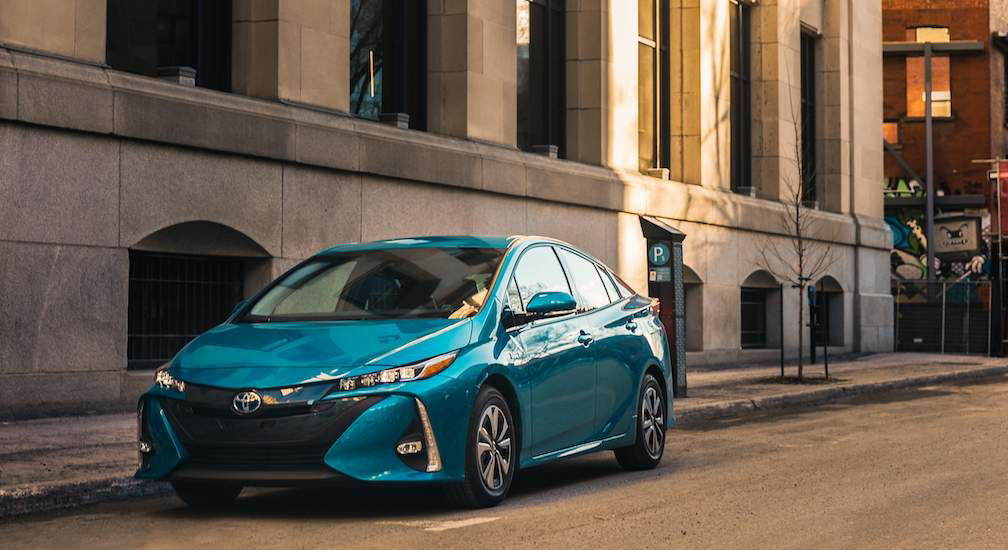
As a plug-in hybrid, the Toyota Prius Prime has several key advantages over a regular hybrid. These include:
• Expanded all-electric EV range enables fuel-free, emissions-free commuting* and a significant reduction in lifetime fuel use and emissions
• The benefit of electric vehicle driving, without range anxiety
• Regular charging saves fuel but isn’t mandatory. Since a gasoline engine is on board, the Toyota Prius Prime can always be driven, whether it’s been recharged or not - operating as a hybrid so still delivering fuel efficiency
Learn More: Build Your Prius Prime Here
Many variables affect charging time, though engineers have developed a battery that can be fully recharged in about five hours and 30 mins on a standard household outlet**, and just over two hours on a high-output, 240-volt charging station***.
This means that the Prius Prime offers one of the shortest recharging times, amongst its competitors. It’s exactly the sort of performance you’d expect from the leader in hybrid technology.
With a fully charged battery and a full tank, Prius Prime’s range is some 1,035 kilometres†. If a quick charge station is available at your office, favourite restaurant, or home, and if you travel less than 40 kilometres each way before you arrive, your entire round-trip will use no gasoline.
Since PHEVs like the Toyota Prius Prime operate like a regular hybrid with an extended gas-free EV range, there’s no worry of range anxiety, or having to travel within the boundaries of charging infrastructure.
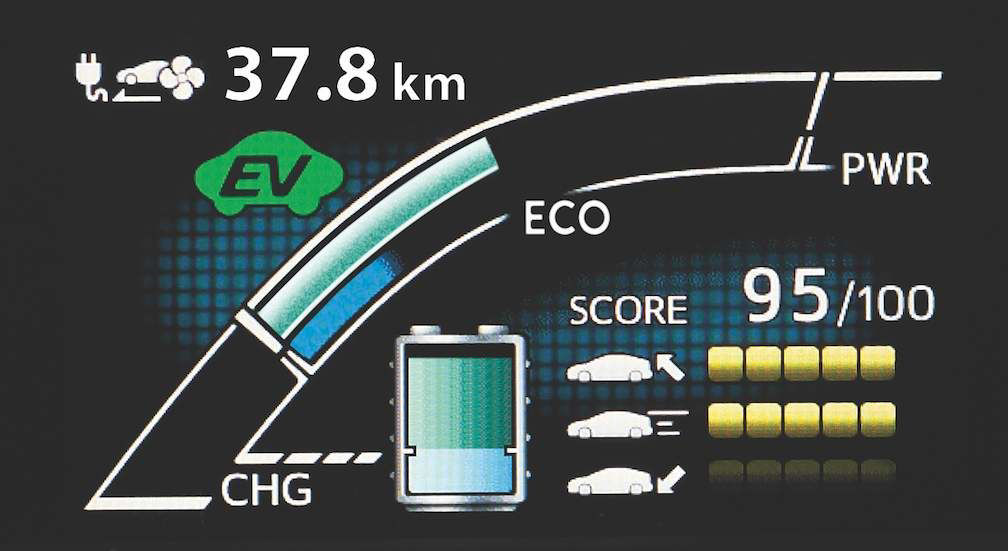
Prius Prime owners can choose to charge the vehicle as often, or infrequently, as they like. Even if no charging infrastructure is available for an extended period, the vehicle can be driven as a regular hybrid.
Though charging the battery expands the fuel-free driving range, it is not mandatory. To put it another way, you can drive your Prius Prime any time you like, even if it hasn’t been recharged.
Prius Prime even allows drivers to select from one of three drive modes, helping choose when and how the stored battery power will be used for all-electric driving. For instance, the 40-kilometre charge can be used immediately, or saved for later use, depending on the trip. Even better? Prius Prime can be programmed to activate charging during off-peak hours at home, saving money.
Drivers can also program a departure time for their next trip, and have the climate control system heat or chill the cabin to taste using grid power while it’s plugged in —meaning less draw on the battery while driving.
Yet the Prius Prime is more than just the technology that powers it. Both inside and out, you will find the design features that are as impressive as its range, charging time and fuel economy.
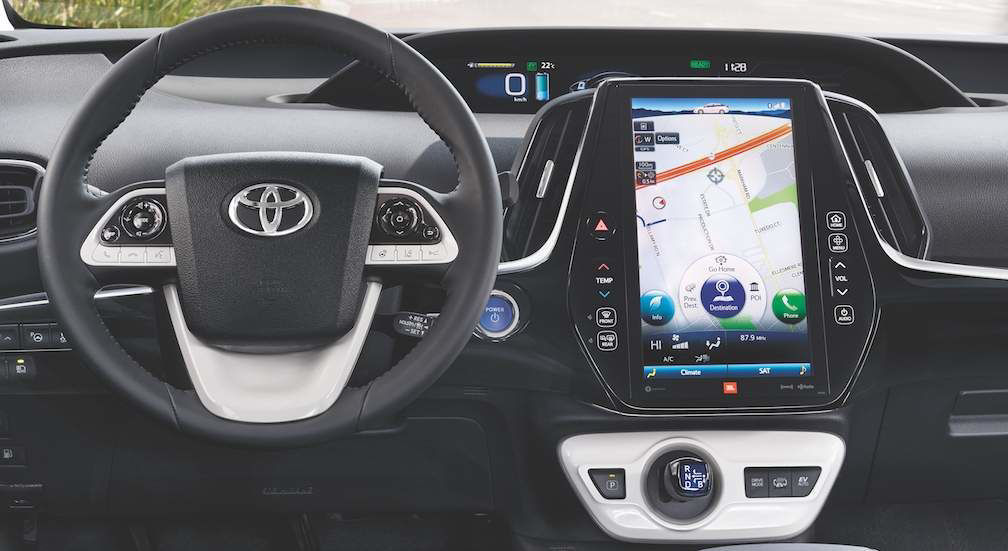
Prius Prime offers up a full range of advanced safety features, connectivity technology, and the latest in comfort and entertainment. Owner feature favourites include the color head-up display (HUD), the powerful LED headlamps, the hands-free parking system, and available 11.6” touch-screen central command interface that’s vivid, informative, and easy to use.
Ultimately, Prius Prime gives owners more possibilities to save fuel, reduce emissions and engage with the latest in advanced electrified mobility — all in a compelling package created by the world leader in hybrid technology. Visit your Toyota dealer for more details.
* Based on Natural Resources Canada 2017 Fuel Consumption Guide published ratings for plug-in hybrid vehicles. In testing, this vehicle did not use any gasoline during electric mode operation. Depending on how you drive, you may use gasoline during electric mode operation as actual results will vary based on driving habits and other factors..
** Charge time is for standard 120V household outlet. Always plug-in in accordance with Owner's Manual.
*** Based on Natural Resources Canada 2017 Fuel Consumption Guide published ratings for plug-in hybrid vehicles. Charge time is for 240V outlet (charging station). Always plug-in in accordance with Owner's Manual.
†Based on Natural Resources Canada 2017 Fuel Consumption Guide published ratings for plug-in hybrid vehicles. In testing, this vehicle did not use any gasoline during electric mode operation. Depending on how you drive, you may use gasoline during electric mode operation as actual results will vary based on driving habits and other factors.